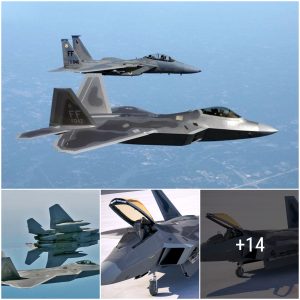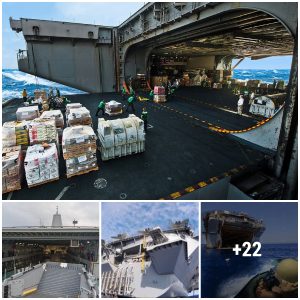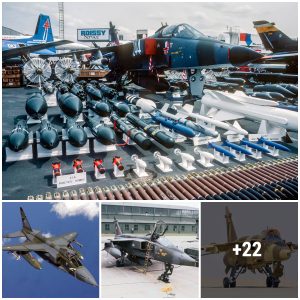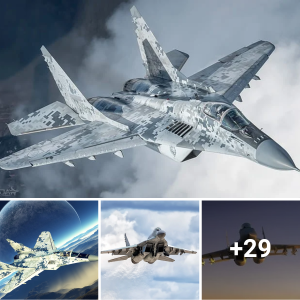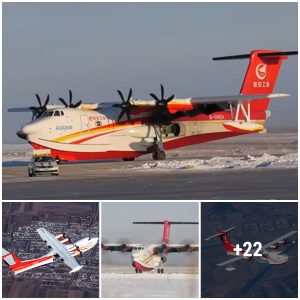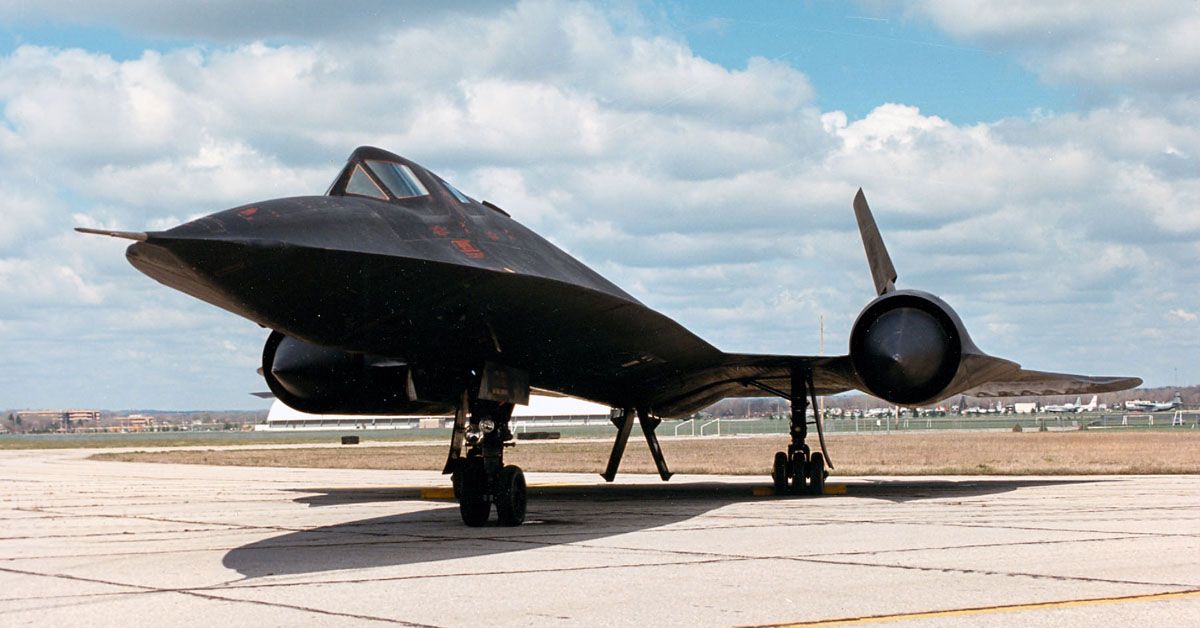
When the military U-2 spy aircraft became vulnerable to Soviet attack in 1960, specifically from their surface-to-air missions, President Eisenhower told Lockheed to build the impossible. The goal was simple yet nearly insurmountable: to build an aircraft that could not be shot down. The final challenge was to do it quickly.
Development began, and the new aircraft now had to exceed crazy speeds. There were plenty of challenges to overcome, from high-speed stability to atmospheric friction, to costs, and of course, the time factor. But Lockheed persevered, and so the Lockheed SR-71 Blackbird was born, taking its first flight with this designation on December 22, 1964.
The SR-71 Blackbird has been a vital part of the USAF, especially as the Cold War started heating up, and more spy missions were needed to make sure America knew all the goings-on of the USSR. It sounds like the beginning of a spy novel, if you are hooked to this info, here go the pertinent facts about the SR-71 Blackbird.
Top Speed of 2,193 MPH
.jpg)
When the SR-71 Blackbird was being made, the goal was to exceed 2,000 MPH. It ultimately did exceed the goal, flying at a record top speed of 2,193.2 MPH. But that’s hardly the most surprising aspect of this speed. The other aircraft of the time could, in theory, exceed it, but the SR-71 could fly at these speeds for a long time. That, of course, created another host of problems, related to atmospheric friction and heat. Conventional airplanes would melt at these temperatures.
Multiple Records Set
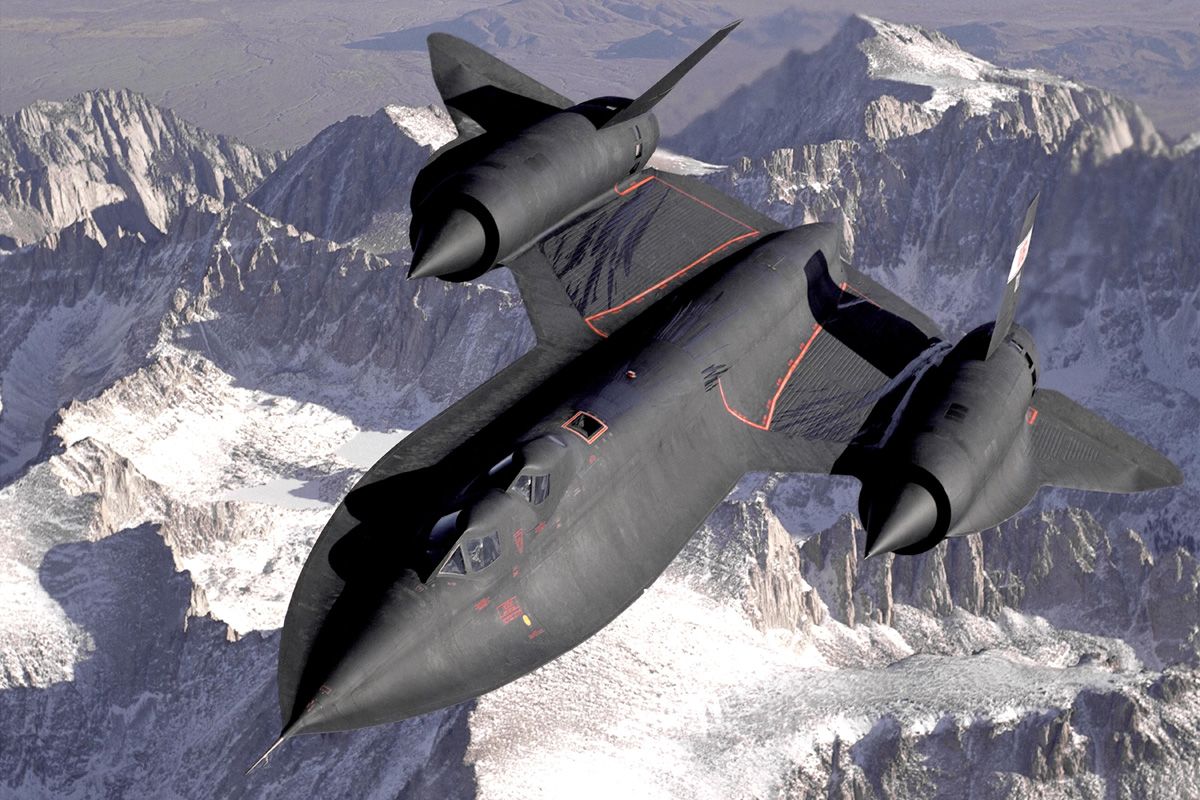
The SR-71 Blackbird set the record for being the world’s fastest, highest-flying air-breathing manned aircraft at the time. Making today’s drones could probably outfly it. The highest altitude recorded on an SR-71 Blackbird is 25,929 meters. The one record that it still holds is a cross-country flight, zipping from Los Angeles to Washington, D.C. in just 64 minutes and 20 seconds.
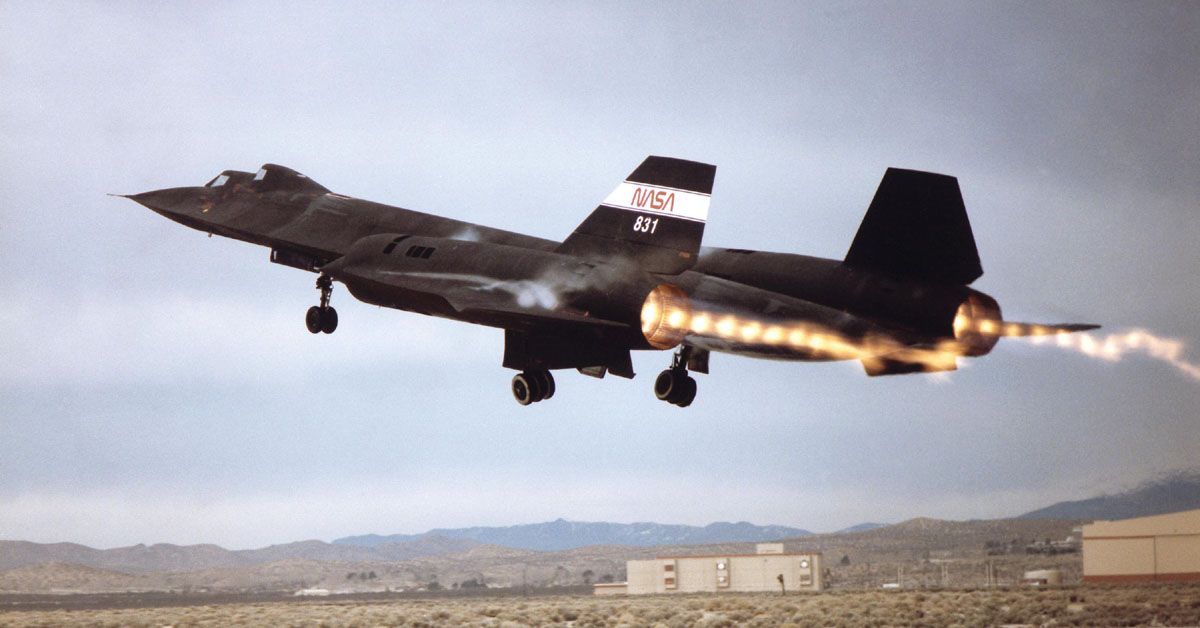
First Airplane To Use Titanium
.jpg)
Considering the prolonged high speeds at which the SR-71 Blackbird could fly, atmospheric friction translated to high amounts of heat. In turn, this meant that an aluminum body would simply melt. So, a titanium alloy was chosen to make the body, but of course, the problem came with the fact that the existing tools weakened the body. So titanium tools were made. But even so, dissipating the heat across the body became another challenge.
.jpg)
The “Blackbird” Moniker Comes From The Color
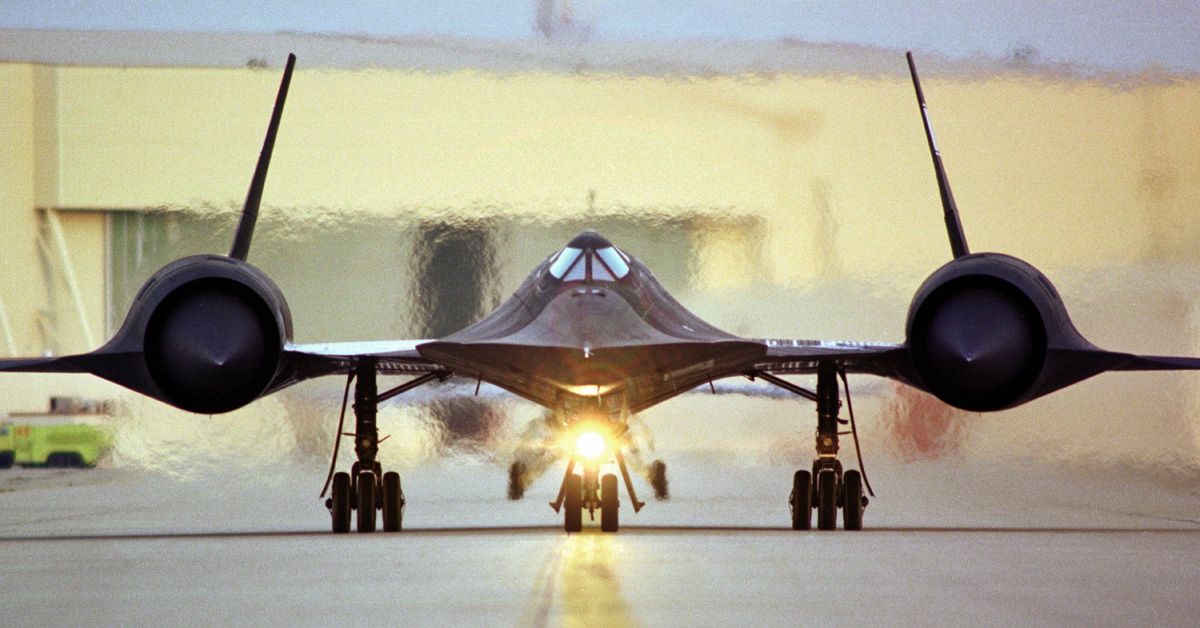
While atmospheric friction across the edge of the aircraft led to incredible heat, flying at high altitudes meant the temperature outside the cockpit would be a freezing -60 degrees Fahrenheit. So the heat had to be spread across the surface of the airplane to stop the pilots inside from turning into icicles. One of the designers remembered that black paint both emits and absorbs heat. So, the SR-71 was painted black, giving it a stealthy appearance and earning it the moniker, “Blackbird.”
.jpg)
It Could Outfly a Missile
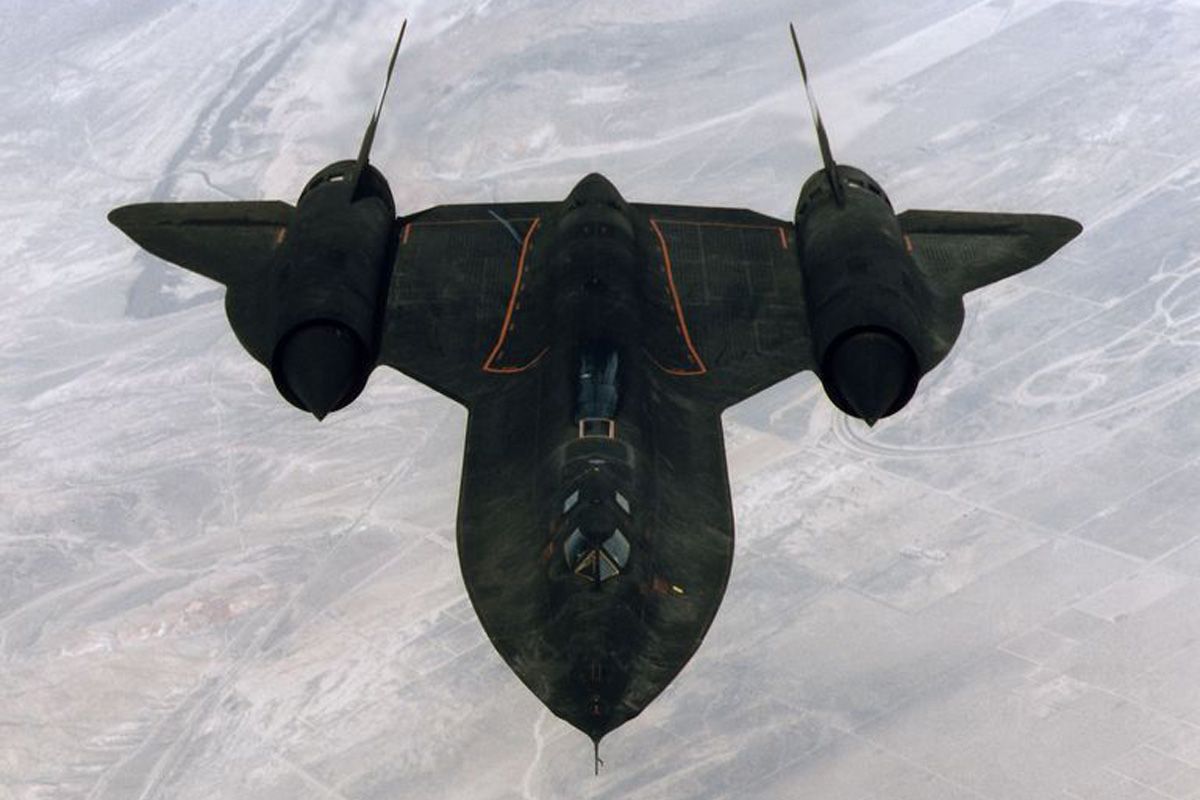
To any non-pilot, 2,000 MPH or 25,000 meters means nothing but mere mathematical numbers. To clarify, the SR-71 Blackbird could fly at the edge of space. So while it couldn’t go to the moon, it went near enough to the Earth’s outer limits to be an impressive machine. Plus, if anyone aimed a missile at it, it could outfly the missile, let it harmlessly behind it before decimation, or the missile ran out of steam.
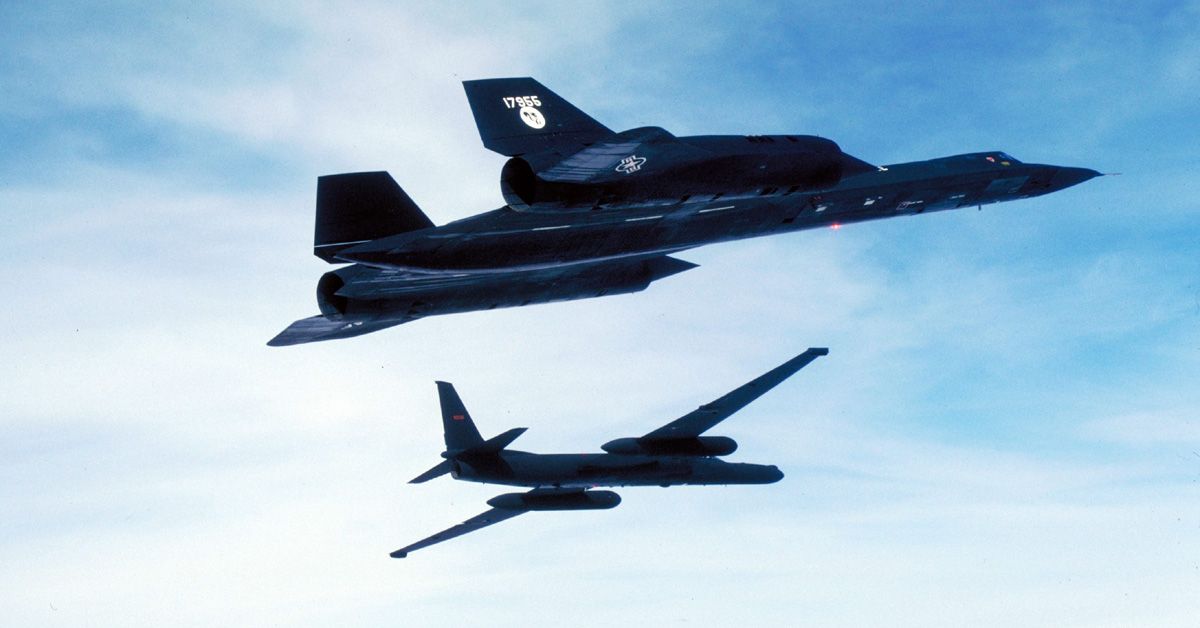
Titanium Itself Came From Enemy Territories
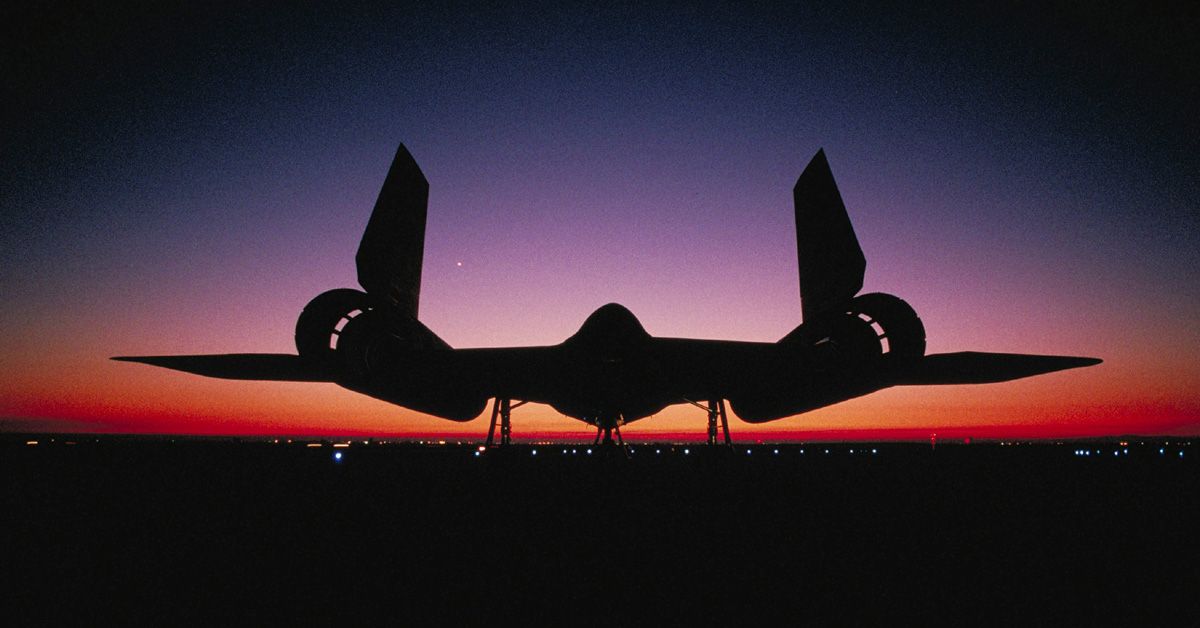
The titanium needed to make the plane came from a very unlikely source. The USA did not have major titanium sources, and neither did its allies. The sole country that made titanium in vast amounts, and was the greatest supplier of rare metal in the world, turned out to be USSR. So to spy on the Soviets, the US made a plane, from materials sourced from the Soviets, probably using a bunch of bogus companies. If that’s not a great example of irony, we didn’t know what is.
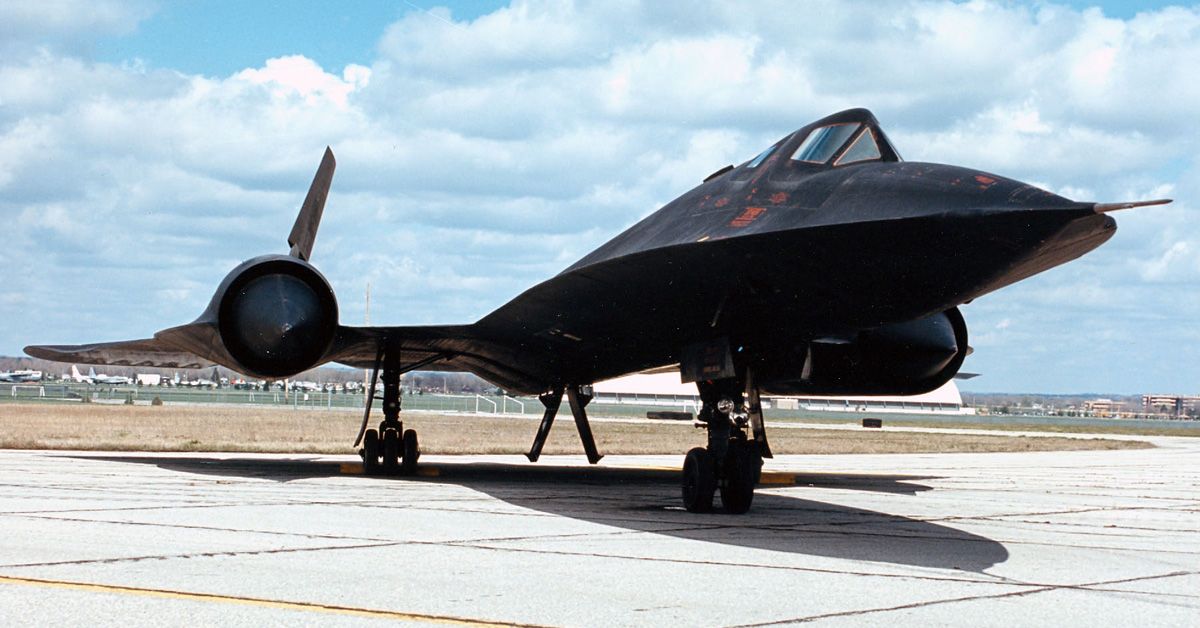
No SR-71 Blackbird Was Lost To Enemy Fire
.jpeg)
Because the SR-71 Blackbird could fly higher, faster, and stealthier than any other aircraft of its time, and also any other anti-aircraft weaponry, no one was lost to enemy fire. That said, these airplanes (built-in a great hurry) were not the most reliable of military planes. Twelve out of thirty-two Blackbirds went down to accidents, although it’s good to point out that these were not the easiest of planes to fly and usually needed a whole host of personnel just to make it ready to fly. At the time, launching one was akin to launching a space mission, with a countdown.
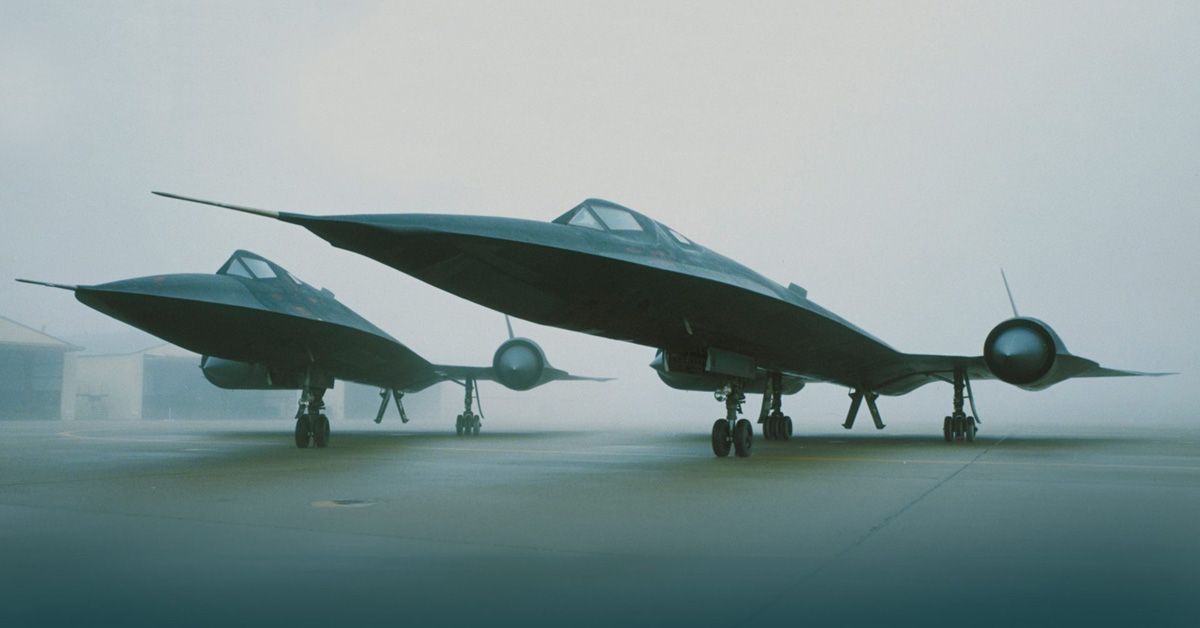
The Blackbird Pilots Had to Suit Up
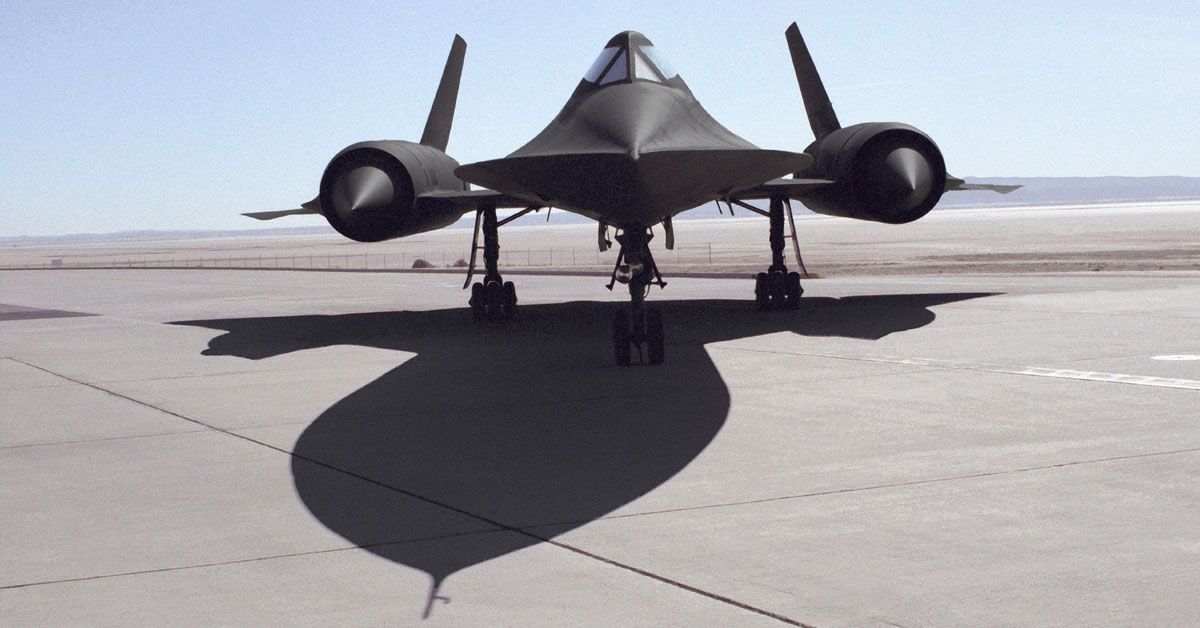
Flying the Blackbird at extreme speeds and altitudes subjected the pilots to a multitude of challenges. They had to don specialized suits, reminiscent of space attire, in order to shield themselves from the harsh conditions.
.jpg)
Despite the frigid cold and scorching heat outside the cockpit, the exterior glass of the aircraft would become exceedingly hot. So much so that, if the pilots felt a bit chilly, they could warm up meals by pressing them against the heated glass.
No SR-71 Blackbird Flew Into Soviet Airspace
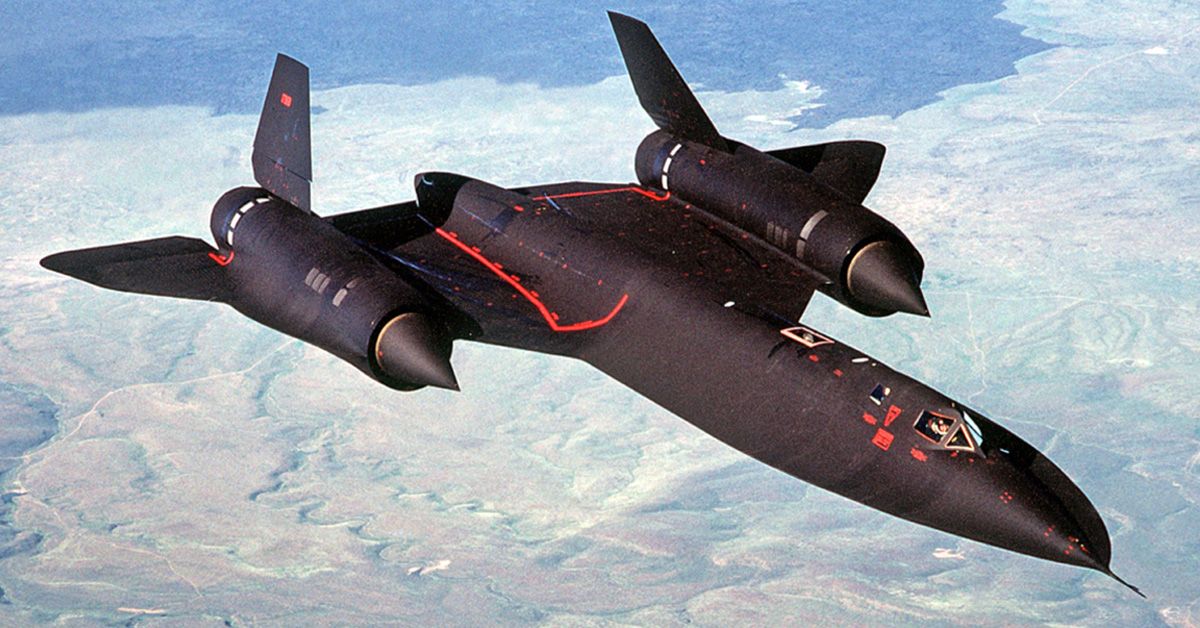
The SR-71 Blackbird project was retired in 1990, then briefly brought back in the mid-90s before finally being retired. The last flight of the SR-71 was by NASA in 1999 for high-speed and high-altitude aeronautical research. All surviving Blackbirds are now resting their laurels in various museums across the world.
.jpg)
The Final Flights of the SR-71 Blackbird
.jpg)
The SR-71 Blackbird operated with unparalleled audacity, remaining one of the fastest jet-propelled aircraft in the world for decades. The Blackbird project was officially retired in 1990, but it made a brief comeback in the mid-1990s before being retired for good.
NASA conducted the last flight of the SR-71 in 1999, utilizing it for high-speed and high-altitude aeronautical research. All surviving Blackbirds are now resting their laurels in various museums across the world. Despite their retirement, these exceptional aircraft continue to captivate the imaginations of aviation enthusiasts everywhere.
The SR-71 Blackbird, born from the Cold War era, was more than just an aircraft; it was a marvel of engineering and a testament to human ingenuity. Its sleek design and powerful engines allowed it to cruise at speeds exceeding Mach 3, making it virtually untouchable by enemy defenses. The Blackbird’s ability to gather intelligence over vast areas in a short amount of time was unparalleled, giving it a unique role in reconnaissance.
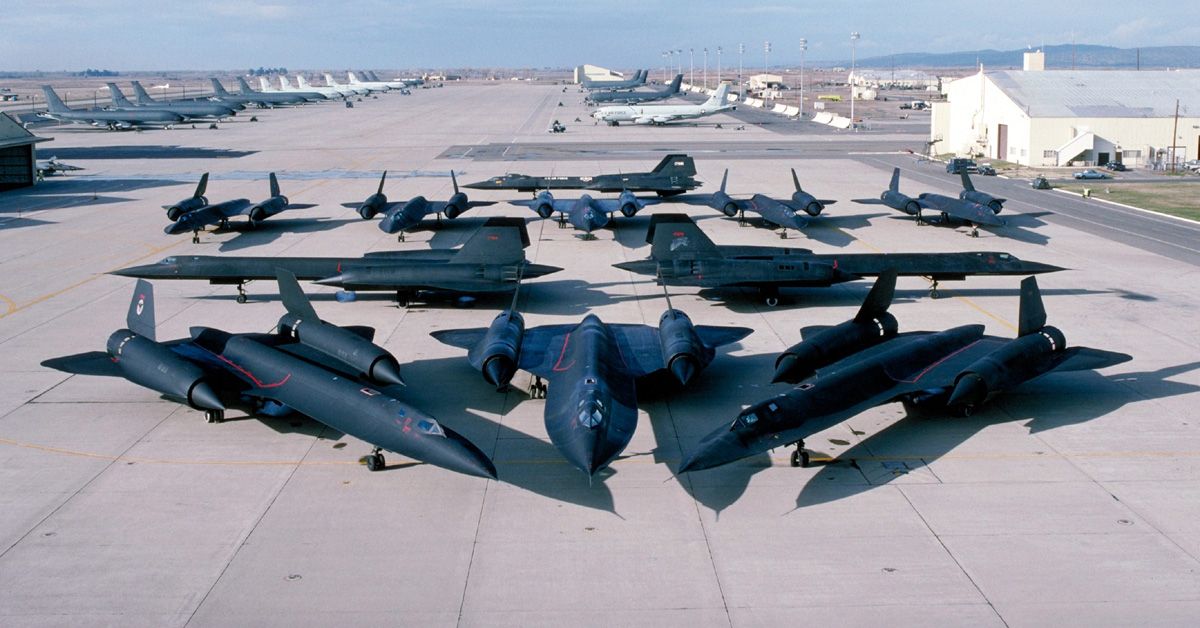
Although its primary purpose was reconnaissance, the SR-71 was no stranger to setting records. From transcontinental flight times to altitude records, this aircraft constantly pushed the boundaries of what was possible. Its distinctive shape, with its elongated fuselage and twin-engine nacelles, became iconic in the world of aviation.
NASA’s utilization of the SR-71 for aeronautical research showcased its adaptability even after retirement from military service. Gathering data on high-speed flight, aerodynamics, and propulsion at extreme altitudes helped advance our understanding of aviation and paved the way for future innovations.
